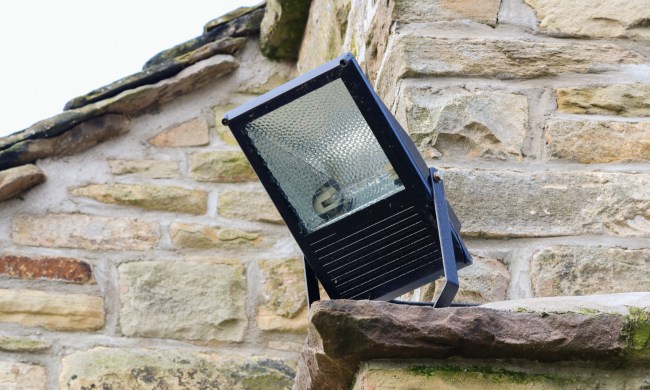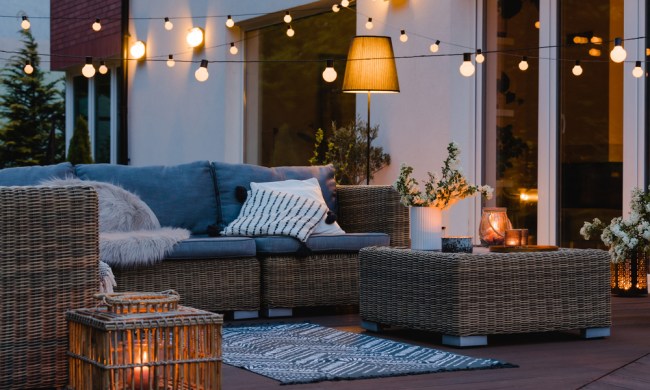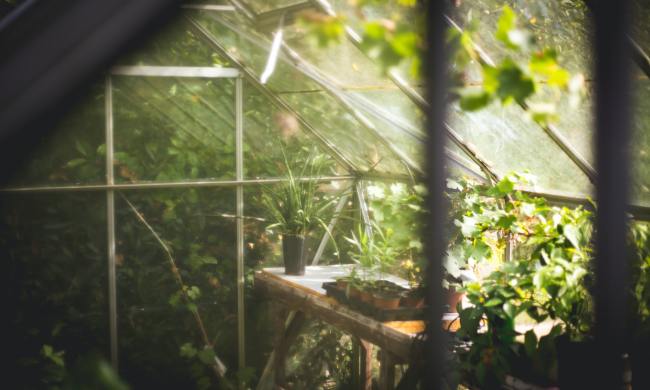So you just got yourself a greenhouse, and now you want to begin filling it up with greenery, eh? Well, that’s actually a smart move. Greenhouse gardening is becoming more popular as people in urban and suburban environments discover that they’d like to grow fruits and vegetables for themselves.
Of course, maybe you live out in the country, and you simply want the option to grow your veggies year-round and are just new to greenhouses in general. Regardless, starting can be a bit intimidating for some. That’s why you should always begin by growing hardy greenhouse plants. You don’t want to plant something finicky that up and dies on you at the drop of a hat.
We’ve put together a handy list of the best greenhouse plants for beginner gardeners. You’ll discover veggies that you couldn’t kill if you tried — we promise.
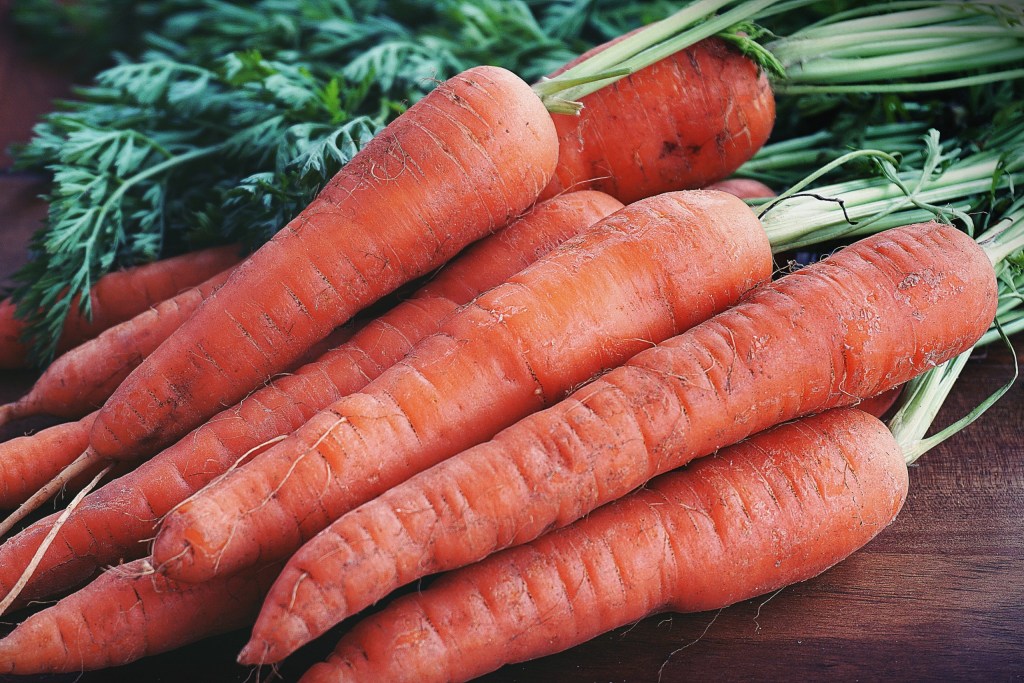
Carrots
These root vegetables are popular for a lot of reasons, including how easy they are to plant. You can plant them whenever you please, including during the winter. You won’t even have to take pains to heat your greenhouse (they’re typically a few degrees warmer than the outdoors, regardless) because carrots can withstand frost.
To grow well, you’ll need to plant carrots in sandy, loose soil. You should use deep containers if you’re not planting in the ground.
Asparagus
Asparagus is a veggie that sets itself apart from just about every other plant on this list because it can potentially produce for up to 20 years. While this is a hardy greenhouse plant and can live and produce for many years, you will need to ensure that no other plants are planted nearby. Asparagus is a jealous plant and does not grow well when other plants compete for the same resources.
For your asparagus plants to thrive, you’ll need to plant asparagus in trenches around 12 to 14 inches under the soil with the crown planted with spears pointed toward the sky.
Eggplants
Eggplants are greens that need warm conditions. Hence, they’re suitable for heated greenhouses. In fact, eggplants do exceedingly well when grown on a bed of composted manure. The manure beds themselves will help to keep the plants nice and warm. However, to properly care for an eggplant, you’ll have to stake it so that it doesn’t fall over when its fruit ripens.
Additionally, when the fruit does ripen, you should cut it from the stem. Never pull it off. A bit more fussy than other veggies on this list, remember to use the best potting mix for eggplants to prevent common garden diseases.
Kale
One of the most healthy of all the hardy greenhouse plants on this list, kale excels when it comes to offering antioxidants. Kale also distinguishes itself through its disease-fighting ability. It’s actually one of the most disease-resistant greenhouse plants of all.
Like carrots, kale will live and thrive in just about any temperature and in many different conditions, whether that’s sandy soil or a lack of proper sunlight. When it comes to care, one of the only things you need to concern yourself with is ensuring there are no weeds growing around the plant.
Zucchini
Perfect for beginners, zucchini is as easy to grow as carrots and kale. Not just that, but this vegetable grows quickly, and you can harvest it in as little as three or four weeks. However, they’re space hogs. You’ll therefore need to have a large enough area for the plants to spread out.
An alternative is to grow your zucchini in a growing bag or in large containers. You’ll just need to ensure they have plenty of water and keep an eye out for pests, particularly slugs.
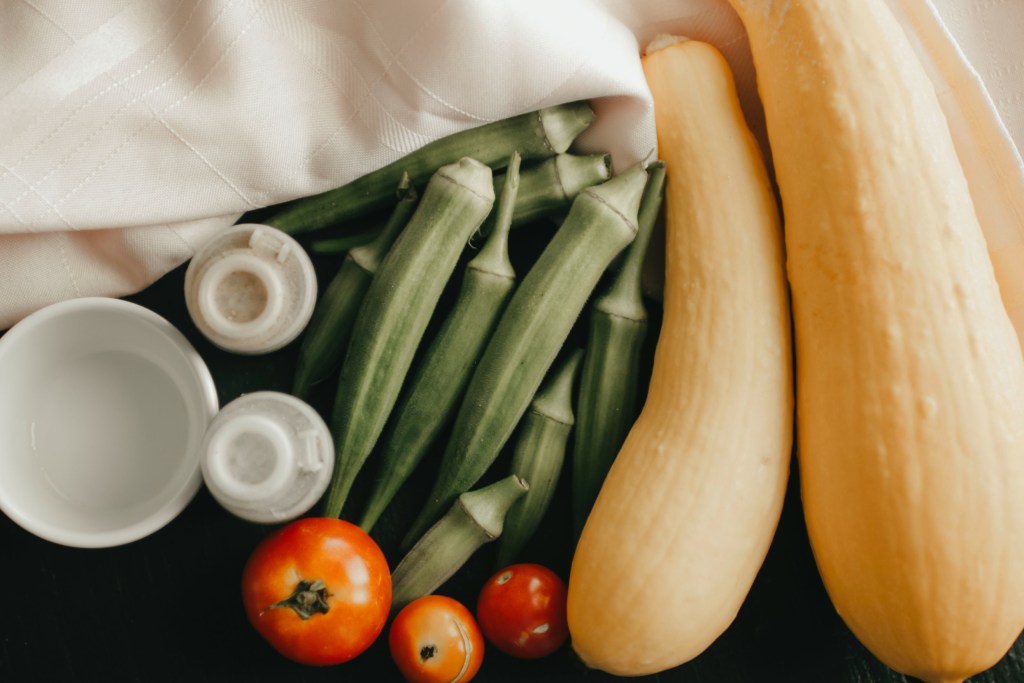
Okra
Okra is great for gardeners new to greenhouse growing because it actually does best in a greenhouse environment. This vegetable can grow well in a wide range of warm temperatures and can withstand long periods without water. With that said, you’ll still want to make sure your okra plants get at least an inch of water per week.
You’ll also want to pick the fruit when they’re a little immature since mature okra can be a bit stringy and hard. Moreover, you should always wear gloves when harvesting to prevent the plant’s tiny hairs from irritating your skin.
Tomatoes
Tomatoes are super easy to plant in a greenhouse. They’ll literally grow year-round as long as you keep the temperature warm inside. Tomatoes don’t do well in freezing temperatures, although you can find purposely bred varieties to withstand colder weather.
In fact, that’s another great thing about tomato plants — there is a wide variety from which to choose. Just be sure you have space because some types will grow quite large.
If you’re brand new to growing plants in a greenhouse, just remember that some plants are harder to kill. You should focus on growing these to start off with. No matter what kind of plants you choose to grow, much depends on how you set up your greenhouse, whether you keep it heated, and more. Get started with some of the plants we’ve listed here, but don’t stop the learning process. Good luck and enjoy your greens!
